Guitar Theory: Roots, Movable Chords, and Intervals Explained
Here are a few important concepts to understand when learning guitar that will help you progress faster.
In this post, we’ll break down four common questions—what the root note means, how movable chords and scales work, what chord tones are, and how intervals relate to your guitar.
Root Notes
1) Do you understand what the word “Root” means?
The root is the fundamental note of a chord that gives the chord its name. For example, the note C is the root in a C major chord (C-E-G). The root note is shown on the chord diagram below with a square instead of a circle.
Let’s take the Major barre chord and play it at the 1st fret (F). The root notes are shown with a square in the diagram and an “R” underneath:

When we play the major chord at the 1st fret, the root note is F. Notice there are three F’s in this chord, therefore, there are three root notes:
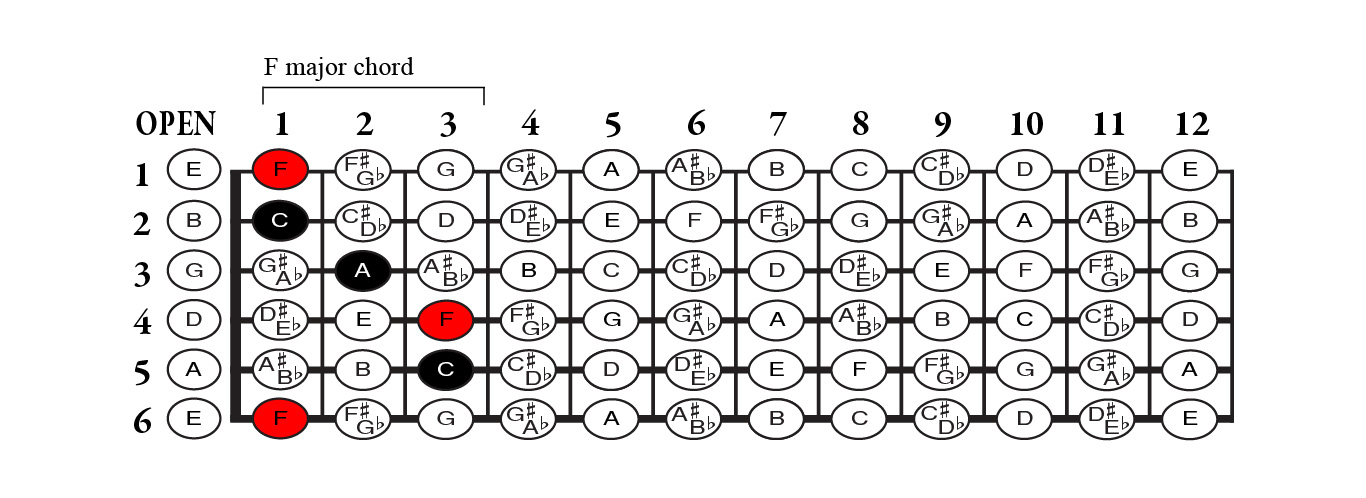
We have two guitar posters that will help you learn:
The Blues Guitar Chord, Scale and Fretboard Poster Set
The Jazz Guitar Chord, Scale and Fretboard Poster Set
Movable Chords and Scales
2) What is a movable chord or scale?
A movable chord on the guitar is a chord shape that can be shifted up or down the neck without changing its finger shape or note pattern. This allows you to play the same chord type (e.g., major, minor, seventh) in different keys without changing fingerings. The chord shape remains consistent, so all you have to do is move the root note to the fret you want to play.
For a chord example, let’s play an F7 barre chord at the eighth fret with the root note on the fifth string:
If you take the same chord shape and move it down lower to the third fret, the root is now C, and you are playing a C7 chord:
Movable Scales
Like the chords above, a movable scale on the guitar is a scale pattern that can be shifted up or down the neck without changing its finger pattern. This allows you to play the same scale pattern in different keys. The scale pattern remains consistent, and its root note determines its name based on the fret where it’s played.
For example, if we take the minor blues pattern and play it at the 3rd fret, we would be playing the G minor blues pattern. To play the C minor blues pattern, move up the neck to the 8th fret, where the C root is located:
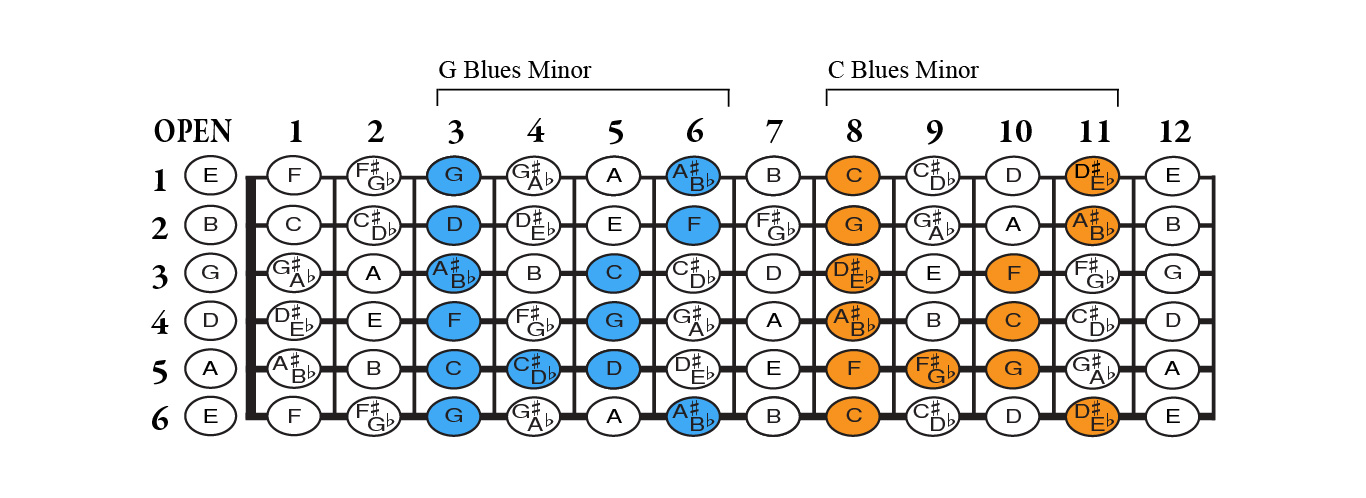
Look at the diagram below for the scale tones in the C blues scale and compare it to the diagram above.

If you are into Jazz or Blues guitar make sure to read this blog post:
Chord Tones
3) What are the numbers below the chord diagram?
As we have discussed, the “R” is the root of the chord. The numbers also show the other notes from the scale in the chord, also known as chord tones.
For example, if you take the C major scale and number each note, you can make the Cmaj7 chord with the R, 3, 5 and 7 notes. Here’s a C Major 7 chord at the 3rd fret:
Here are the notes in the C major scale and the notes in the C Maj7 chord. I’ve also included the notes of the C minor scale and the Cm7 chord below:
Need more help with music theory? Check out my top ten theory tips here.
Guitar Interval Chart
4) What is an interval chart on the guitar?
The interval guitar chart below shows all the intervals in relation to the root note. In this case, the root (R) note is C in yellow. If you take C as the root note, you can figure out all the other intervals in the chart below. To fully appreciate this chart, you need to know your intervals (major 2nd, perfect 4th, etc.), but for now, let’s learn the names.
To play a note a fourth above or below the note C, as shown below, look for 4s around the R. For example, play the C (R) on the second string at the first fret. If you want to play the note a 4th above play the note directly underneath on the 1st string, 1st fret (F).
Need more help with improvisation? Check out my 10 Tips for Improvising a Flawless Music Solo
Applying the Theory
Your next step is to learn the fretboard inside and out and know how to locate the root notes. It’s pretty liberating to apply your movable chords, scales, and intervals once you understand the four music theory questions presented in this lesson. This should be a huge help to sharpen your guitar skills!
Leave suggestions for further lessons in the comments below.
Blues Guitar Chords, Scales and Fretboard Poster
- Elegant Blues Guitar Chord, Scales and Fretboard Three Poster Set
- Three posters included with 60 Essential Blues Chords, 25 Must-know Blues Scales, Guitar Arpeggios and Blues Chord Progressions.
- Convenient size poster 12” x 18” (x3). Side by side, the three posters are 36” x 18”.
- All posters have a high-quality gloss finish printed on 100# Digital Gloss Text.
- Bonus quick guitar fingerboard reference (business card size).
Jazz Guitar Chords, Scales, Modes and Fretboard Poster
- Elegant Jazz Guitar Chord, Scales and Fretboard Three Poster Set
- Three posters included with 60 Essential Jazz Chords, 25 Must-know Jazz Scales, and Guitar Arpeggios and Interval Chart
- Convenient size poster 12” x 18” (x3). Side by side, the three posters are 36” x 18”.
- All posters have a high-quality gloss finish printed on 100# Digital Gloss Text.
- Bonus quick guitar fingerboard reference (business card size).
Jazz Guitar Looper Pedal Book
In The Jazz Guitar Looper Pedal Book, you will learn essential techniques to get the most out of your looper pedal.
- Improve jazz guitar playing with help from your looper pedal.
- Learn how to create layered loops step by step.
- Hundreds of riffs and jazz theory tips.
- Technique, scales, chords, arpeggios and helpful charts.
- Extensive accompanying audio and video online.
- It is a jam-packed book with 221 pages.
The Blues Guitar Looper Pedal Book
In the Blues Guitar Looper Pedal Book, you will learn how to use your guitar looper pedal and play the blues like a pro. The looper pedal is an excellent companion for any blues guitarist. Master essential looping techniques while your improve your blues guitar playing. Also included:
- Two, four, eight, twelve, and sixteen-bar multi-layered loops
- Blues scales and standard blues chord progressions in all keys,
- blues strumming patterns,
- fingerboard charts, theory
- How to play slide guitar with exercises.
- Audio tracks below.
The Pop Rock Guitar Looper Pedal Book
Learn how to use your looper pedal and improve your pop & rock guitar playing in the Pop Rock Guitar Looper Pedal Book. Includes:
- 30 practice loops from 2 to 16 bars divided into 5 separate parts: riffs, bass, chords, rhythm, and an extra optional part.
- Instructional materials on looping and improvising tips.
- Pop & rock chord progressions.
- Scales & fingerboard charts.
- 168 pages.
How to Use Your Guitar Looper Pedal to Play Pop Rock Music
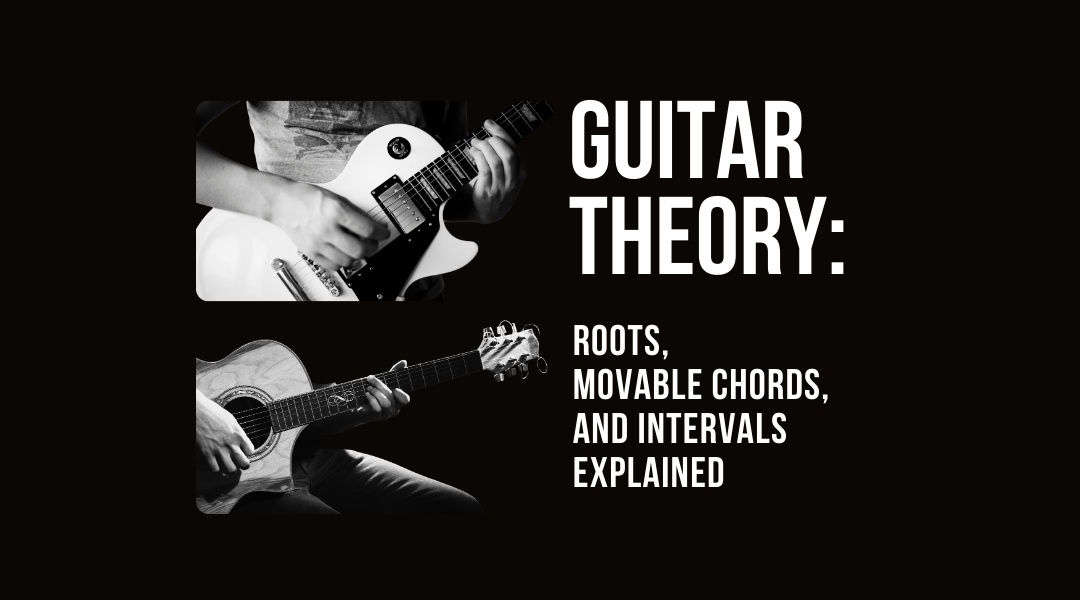

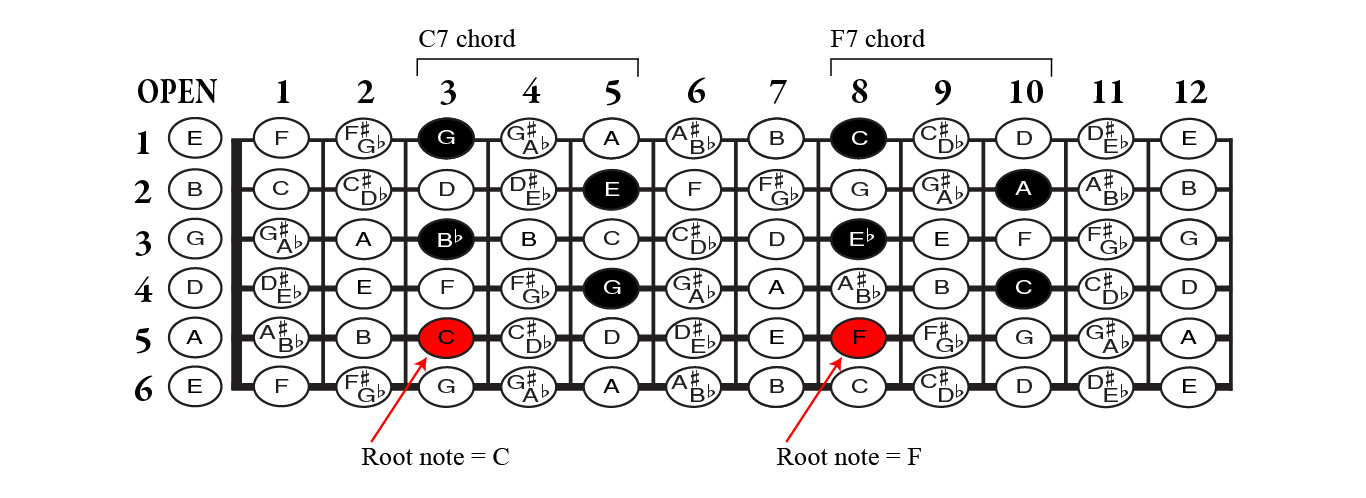

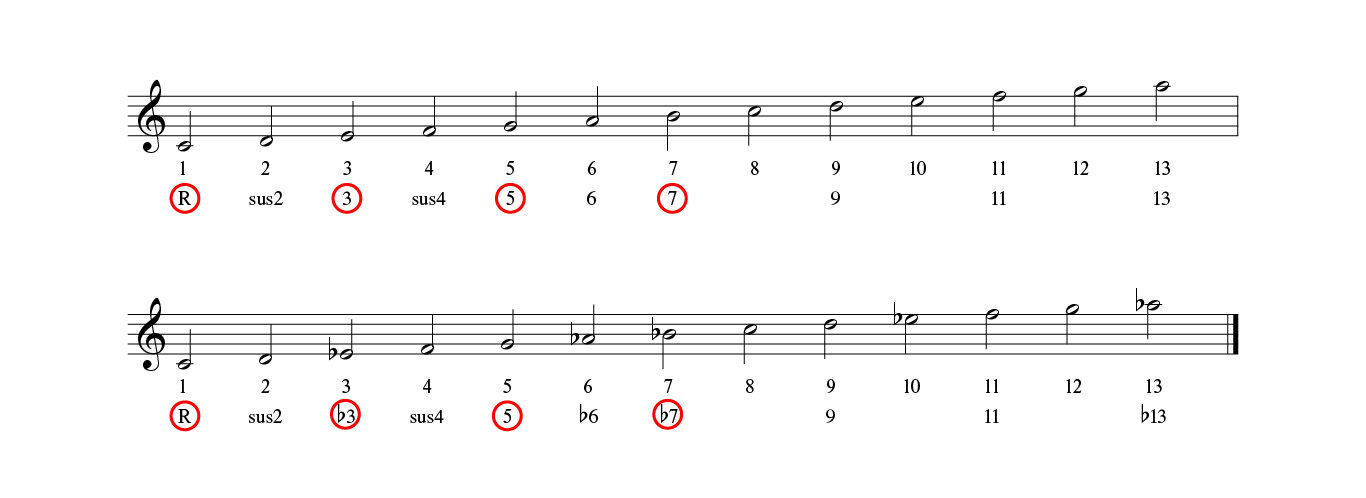
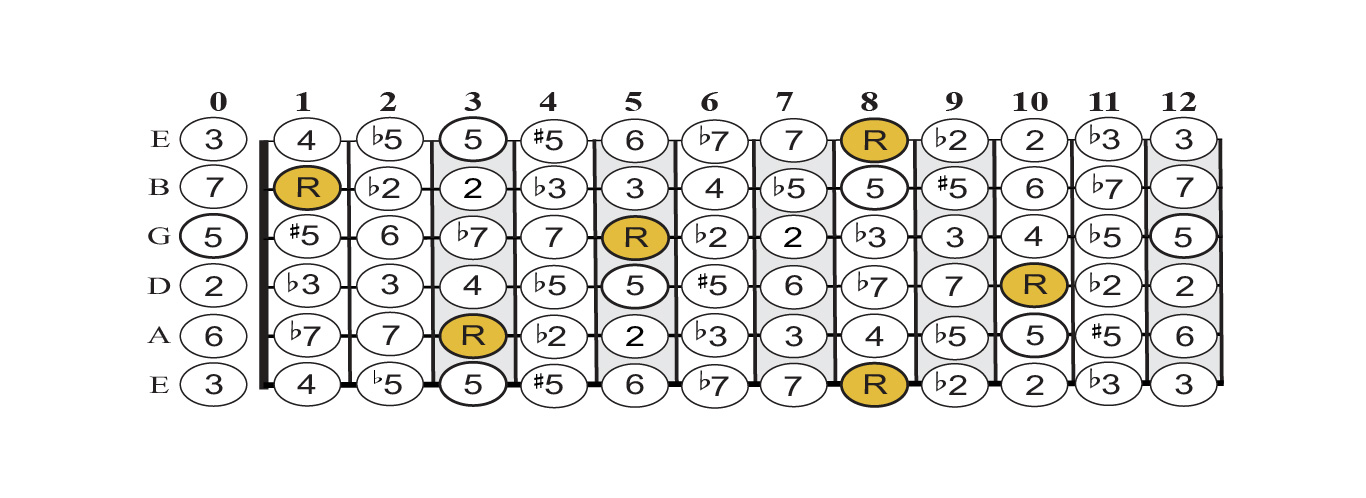
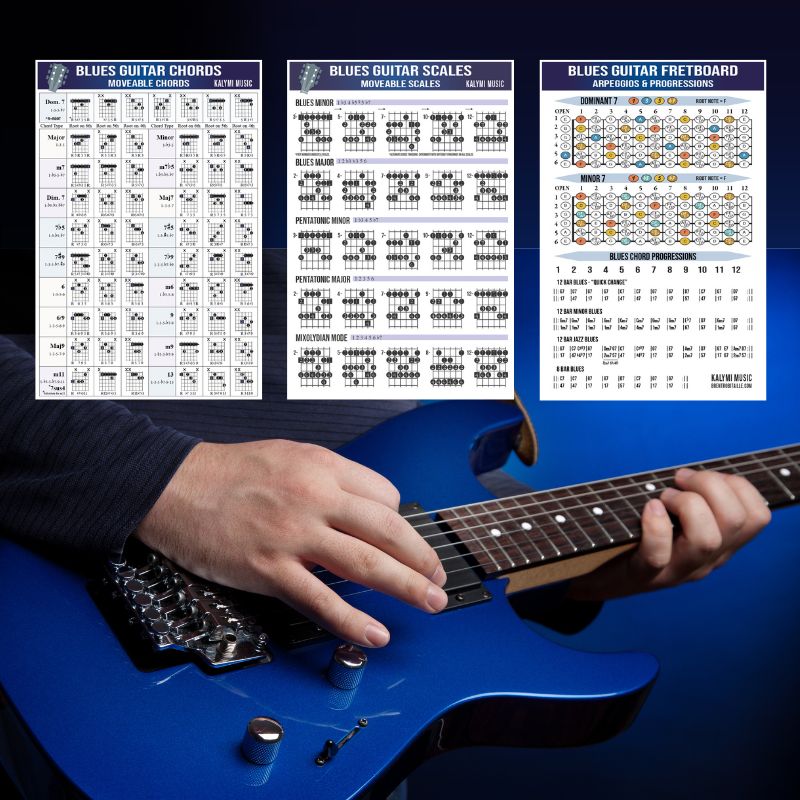
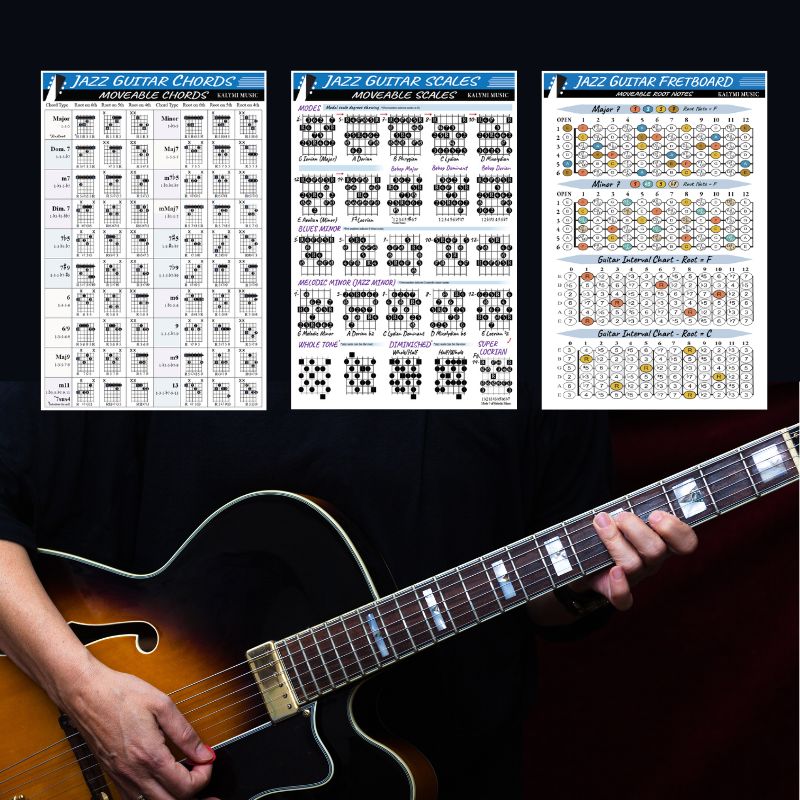

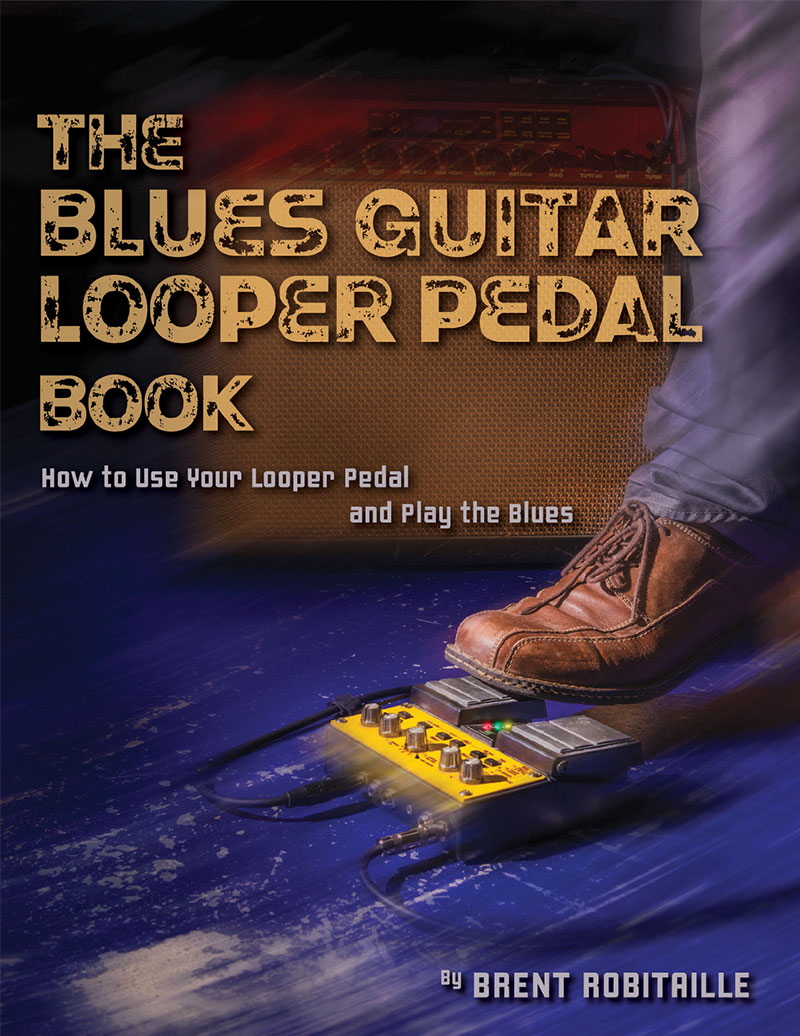

Recent Comments